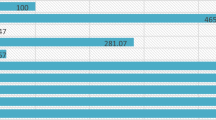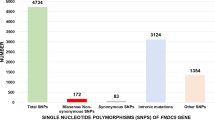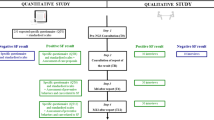Abstract
SINCE when two samples from a population are combined we get a larger and more representative sample, the iterative process could, in effect, be considered as a means of obtaining a larger sample starting from a small one. As the distribution curve F2 is derived from the mean values of the frequencies in F and F1, that is, (F + F1)/2, the result of the combination of two sets of data, namely, the actual curve obtained from n experiments and its Gaussian counterpart, may be regarded as being representative of 2n experimental observations (Fig. 1). On the same basis, we may regard F3 (derived from F2 and F1) as representing 3n experimental observations and F4, 5n experimental observations. Thus the sample size may be considered as increasing in the following sequence, namely, n, n, 2n, 3n, 5n, … 89n, … corresponding to F, F1, F2, F3, F4, …, F10 and so forth. The (n + 1)th term in this sequence is given by  We have since found that a more rational procedure would be to use
We have since found that a more rational procedure would be to use  instead of
instead of  to get F2,
to get F2,  instead of
instead of  to get F3, and so forth. The results obtained by this modification are, however, not significantly different from those obtained previously. But the latter procedure may be considered more logical as indicative of the increase in equivalent sample size.
to get F3, and so forth. The results obtained by this modification are, however, not significantly different from those obtained previously. But the latter procedure may be considered more logical as indicative of the increase in equivalent sample size.
This is a preview of subscription content, access via your institution
Access options
Subscribe to this journal
Receive 51 print issues and online access
$199.00 per year
only $3.90 per issue
Buy this article
- Purchase on SpringerLink
- Instant access to full article PDF
Prices may be subject to local taxes which are calculated during checkout
Similar content being viewed by others
Author information
Authors and Affiliations
Rights and permissions
About this article
Cite this article
NILAKANTAN, P., ACHAR, B. An Iterative Method for obtaining Statistical Frequency Distributions. Nature 196, 1237 (1962). https://doi.org/10.1038/1961237a0
Issue date:
DOI: https://doi.org/10.1038/1961237a0



